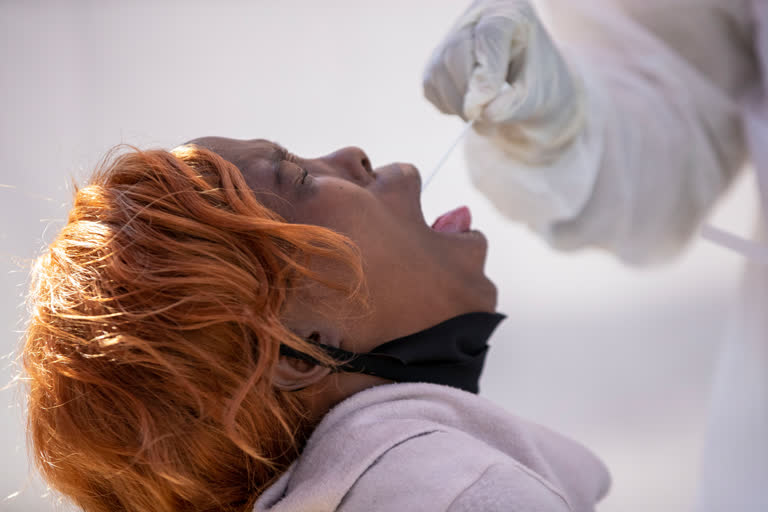New York: As the world scrambles to fight coronavirus pandemic that has affected more than 4.6 million people, little attention has been paid to indigenous populations worldwide who may be especially vulnerable to COVID-19 but are largely excluded from most national or regional efforts to curb the spread of the disease, according to new research.
According to the World Bank, over 370 million indigenous people inhabit over 90 countries, in both rural and urban areas.
Even in high-income countries, indigenous groups like the Navajo have been hit hard by COVID-19, with per capita infection rates rivalling those of New York and New Jersey.
To address this, a team of anthropologists, physicians, and tribal leaders has developed a strategy for mitigating the impact of COVID-19 among the Tsimane, an indigenous population in the Bolivian Amazon.
Read |Democrats investigating Trump firing of State Department watchdog
Led by the University of California-Santa Barbara's Michael Gurven and Hillard Kaplan of Chapman University, their plan brings together relevant stakeholders to best serve Tsmane interests.
"They hope to provide a general template that can be applied to other indigenous groups, and to promote a wider discussion on how to adapt strategies to local circumstances, to minimize harm to indigenous populations due to the SARS-CoV-2 pandemic," said the study published in the journal The Lancet.
"In Bolivia, most attention is focused on the cities, where the pandemic first appeared. Indigenous communities have not been part of any organizational plan," said Daniel Eid Rodriguez, the paper's co-author and a physician working with the Tsimane Health and Life History Project since 2005.
